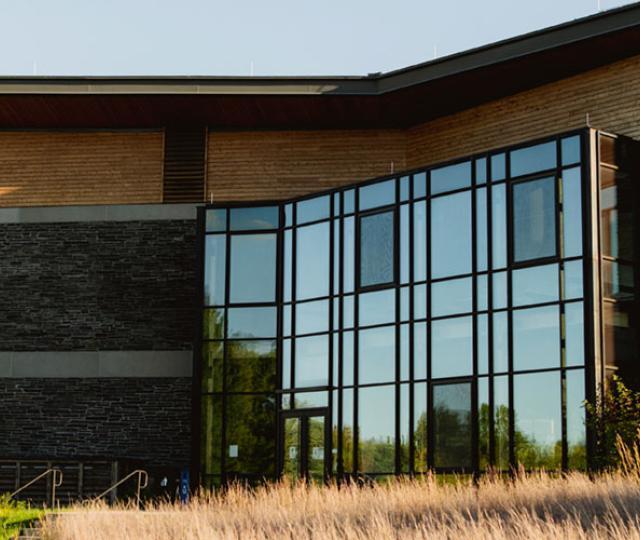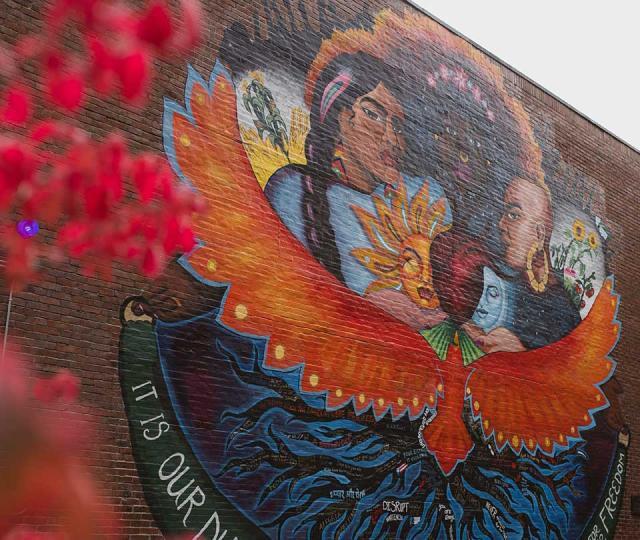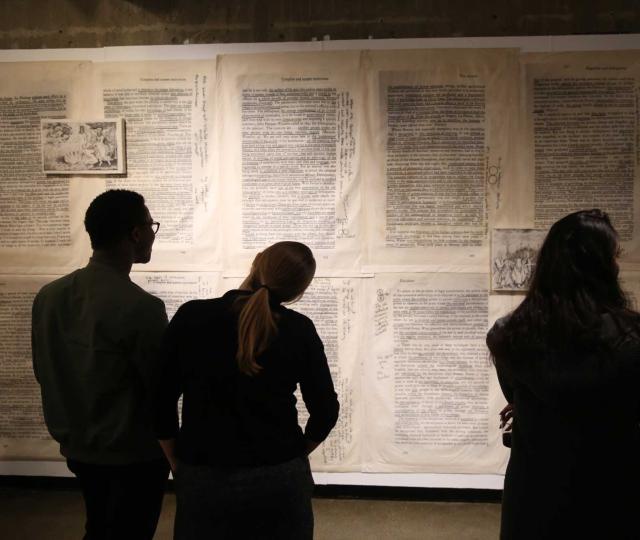
Environments and Change
How should we act on our responsibilities in the face of changing climate?
Hampshire's Learning Collaboratives (LCs) empower our community to explore pressing global and local issues. Through coursework, projects, events, and more, students, faculty, and staff harness their diverse knowledge, capacities, and passions as they explore the questions that emerge as they work together. Students may choose to participate in one or multiple Learning Collaboratives throughout their time at Hampshire, gaining exposure to a breadth of work across urgent challenges.
The LCs are designed to remain open and attendant to the needs of students and community. Rather than a rote general education curriculum, Hampshire empowers students to develop broad skills that will help them to thrive in and contribute wherever they go throughout their lives. Weaving together unbounded thinking to address urgent challenges facing people and places today, the LCs enable students to:
There are currently three Learning Collaboratives, each exploring its own unique question:

How should we act on our responsibilities in the face of changing climate?

How do we disrupt and dismantle white supremacy?

How can art and politics intersect to challenge dominant narratives and create new visions for community?